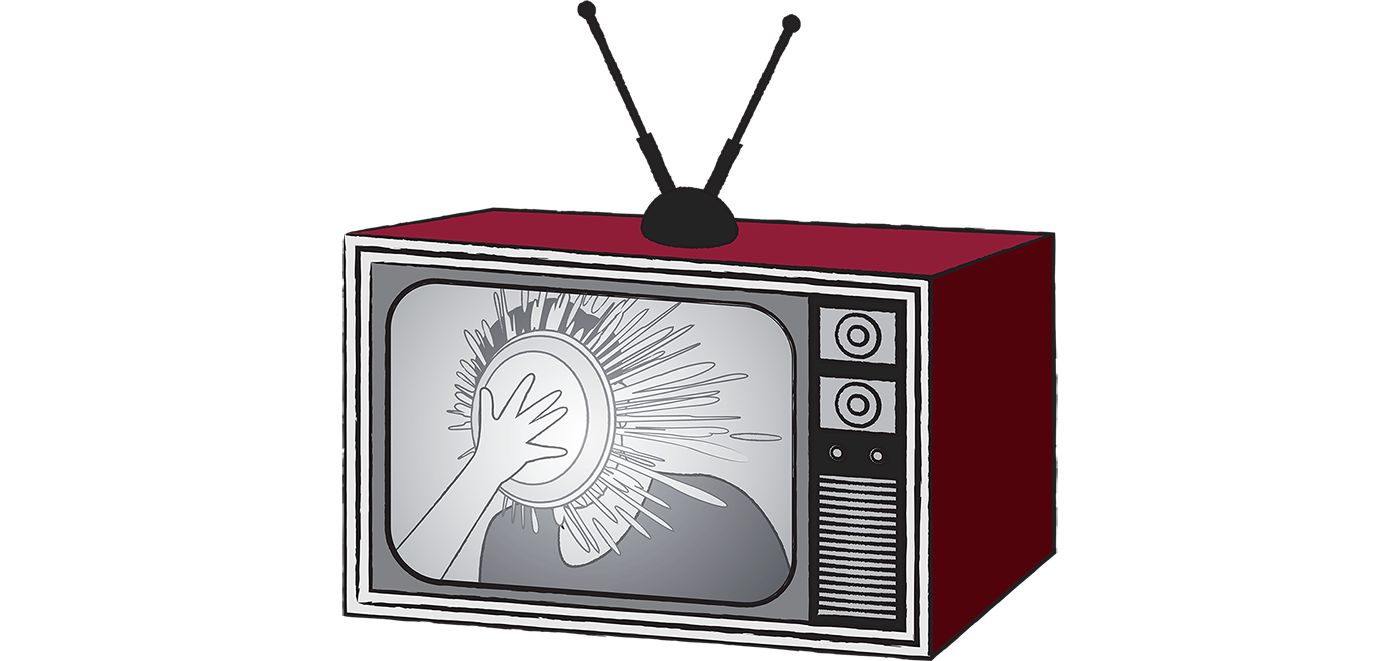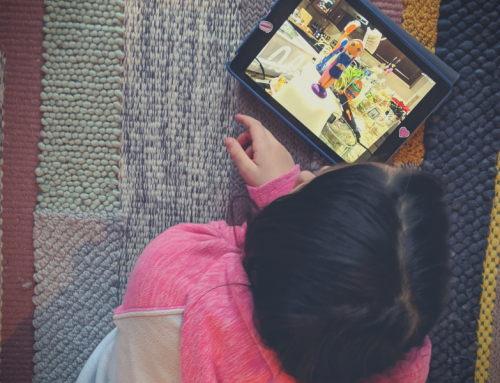Fred Rogers wasn’t impressed with television, but he saw the potential to use the medium for good.
As a child that grew up in the 80s, I always felt a special connection to Mister Rogers. I was very young when my mother was diagnosed with multiple sclerosis (MS). Within two years, she’d lost the use of her arms and legs, and was confined to a wheelchair for the remainder of her life. I don’t think this was the only contributing factor, but our household was characterized by anger, resentment and unfortunately, abuse. It was not a loving household. I know my parents loved me (in the way every parent loves their children), but I never remember being told they did.
Television gave me an escape from the reality of my family situation. I remember watching Mister Rogers’ Neighborhood on PBS. Even though I was a young child, I remember recognizing that his show didn’t look as great and certainly wasn’t as exciting as the cartoons that competed for my attention. Mister Rogers, however, connected with me on a deeper level, teaching me about caring, compassion and love. Despite the fact that we never met, I felt that he truly cared about me.
I was recently on a plane and was excited to watch Won’t you be my Neighbor?, Morgan Nevelle’s documentary about Mister Rogers. In it, I learned that the bond I shared with Fred Rogers, and the love and caring that I felt from him, was not coincidental. In fact, it was very intentional. Mister Rogers was a visionary. I also learned that the only reason he appeared on my television screen was because many decades before I was even born, he recognized the vast potential of a new technology — and thought it was being wasted on mindless shows devoid of substance. So, he set out to make some changes.
And it struck me that there are strong parallels to new technologies today. Mister Rogers saw the untapped possibility in a new medium. He recognized that television had much more to offer than frenetic cartoons and slapstick comedy. But instead of fearing or rejecting television, he chose to embrace it. I’m glad he did.
As we grapple today with the concept of screen time, the similarities are too strong to ignore. I’m inspired by Mister Rogers and I think that, just like television 70 years ago, there’s an upside to technology today that can’t be overlooked. That’s why I choose to embrace it and focus on the positive aspects — and I’m optimistic that we can all begin to unlock its vast potential for our children.
MISTER ROGERS’ OUTLOOK
In early 1950s America, television was in its heyday. A lot of historians call this period the “Golden Age of Television.” And Fred Rogers hated it. As a young man, his path was to become an ordained minister (which he eventually did). But he decided to put that path on hold temporarily to enter into this emerging technology called television. He made that decision because he was so unimpressed with it. In particular, he thought all the pie-throwing and frenzy that characterized most kids’ programming was wasteful. At the beginning of the documentary, we see a clip of an interview where Mister Rogers says:
I went home my senior year for a vacation and I saw this new thing called television. And I saw people throwing pies in each other’s faces. And I thought, this could be a wonderful tool. Why is it being used this way?

So, he resolved to dedicate his life to spurring gentleness, imagination and contemplation — and his instrument was television. Rather than writing it off as a negative influence, Mister Rogers used it for good. He slowed the pace. He had constructive conversations about feelings. He told kids they were special. And he established himself as an unlikely hero for generations of youth across North America — myself included.
And, Mister Rogers was a passionate advocate for high-quality children’s programming. He even appeared before the Senate to argue against proposed cuts to public broadcasting. It’s worth watching his whole speech (it’s moving and it’s less than seven minutes), but here is my favorite highlight. Mister Rogers expresses his concern over the state of kids’ programming and explains how his show is different:
We deal with such things as the inner drama of childhood. We don’t have to bop somebody over the head to make drama on the screen. We deal with such things as getting a haircut. Or the feelings about brothers and sisters and the kind of anger that arises in simple family situations. And we speak to it constructively.
He believed his work was important — and the Senate agreed. He secured $20 million in funding in six minutes.
Mister Rogers knew that some television was bad. But he also saw a way to use the medium for good. He saw past the mindless content that dominated the airwaves — and created something truly valuable for children. And this is where I see the parallels to the discussion of screen time today.
THROWING PIES ON SCREEN TIME
Mister Rogers saw potential being wasted, and I see the same thing when I watch my own children interact with technology today. But instead of them watching strangers get a face full of pie for half an hour, children can watch an unending stream of YouTube content and chase social validation through likes and followers on social media. I hear echos of Mister Rogers saying, “This could be a wonderful tool. Why is it being used this way?”
It would be easy to take a pessimistic view on technology today, especially when we see headlines proclaiming, “MRIs show screen time linked to lower brain development in preschoolers.” But then again, what’s a parent to believe when the next headline you read says, “Screen Time May Actually Be Good For Kids, New Oxford Study Finds”? Both articles cite different scientific studies to back up their claims — each with a different methodology and sample size. The first study administered an MRI to just 47 healthy pre-K children. The second surveyed 35,000 caregivers and relied on self-reporting. So which is it? Is screen time good or bad? Honestly, I think it can be both. It all just depends on how you use it.
I choose to be optimistic — and I believe that we can only unlock technology’s potential by embracing it. That’s what we’ve chosen to do in my family. Yes, my kids watch YouTube, often for entertainment. But just like I didn’t watch cartoons all day long, my kids aren’t in front of a screen every waking moment.
Beyond entertainment, however, I think we need to see a stronger balance of constructive uses of technology when our kids are using it. Connection, creativity, collaboration and learning can be emphasized, and it’s up to tech companies and content creators to make that happen. As Mister Rogers demonstrated with his life’s work, not all TV is created equal — and I firmly believe the same about screen time. We just need to focus on creating ways for kids to experience the best of technology — without exposure to the worst of it.
Mister Rogers worried about bopping people over the head — and I worry about screen time when our children are only consuming content on auto-play, or where they are encouraged to value follower counts and likes. But where Mister Rogers saw how TV could enhance education and create connection, I see that same possibility in screen time today.
If we harness technology for good, I see a future where families are actually excited to share it with their kids. Just like there’s mindless TV, there are questionable kid-tech products — but to write screen time off entirely would be to throw the baby out with the bathwater. And, I am confident that if we all put our heads together, screen time can be something that would make Mister Rogers proud.
– Sean, @thatdigitaldad






